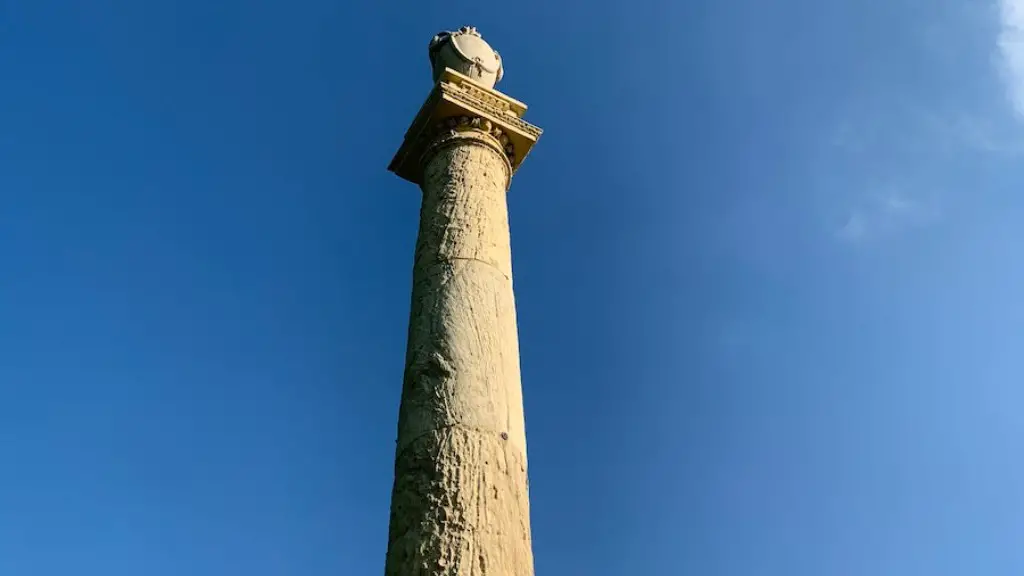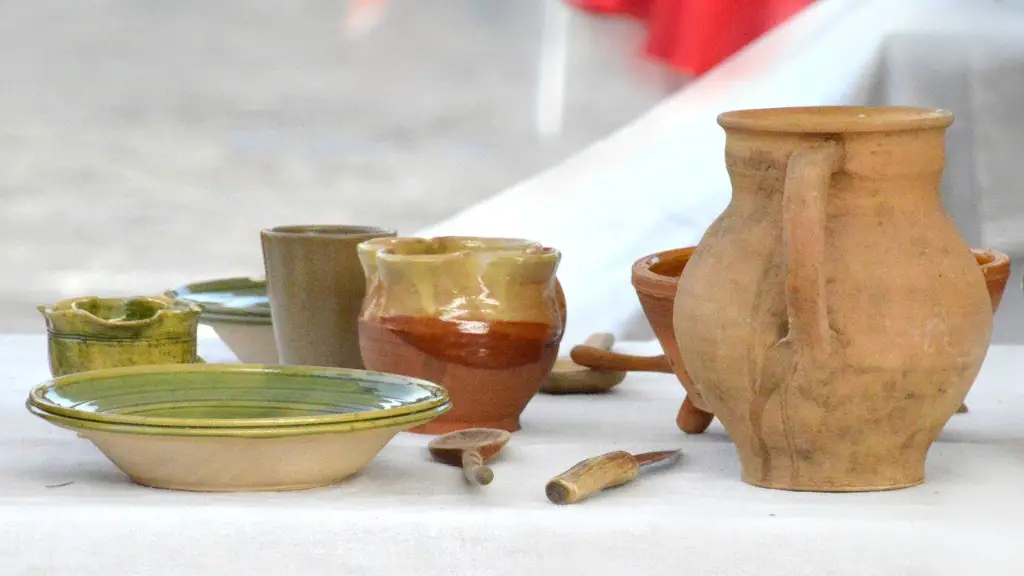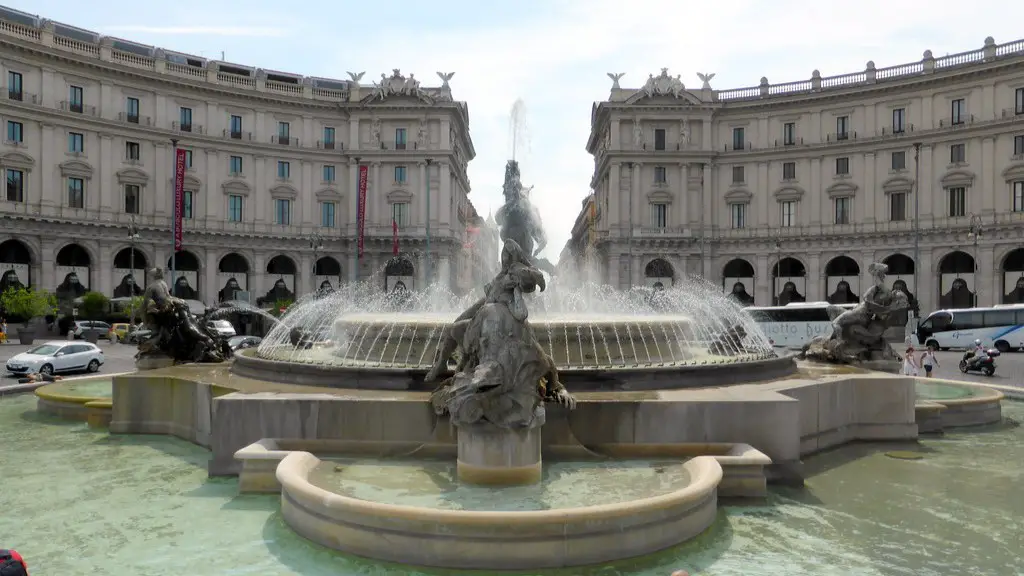The Founding of Ancient Rome
Ancient Rome was founded in 753 BC, making it perhaps one of the most influential and powerful empires of all time. It was originally a monarchy ruled by Kings. These kings had the power to appoint senators and were the ultimate authority in deciding how Rome would be governed. The Roman Republic emerged circa 510 BC, after the collapse of the monarchy, and began the period of democracy that would last until Julius Caesar abolished it for an autocratic rule.
Ancient Rome was an incredible feat of engineering, with many of its buildings, fortifications, and monuments remaining standing to this day. Known for its vast and diverse infrastructure, the city was a centre of art, science, commerce and law, as well as a destination for traders from all corners of the known world.
The city was renowned for its sophistication, with the Senate’s approval of Latin as the official language of the Roman people being a clear example of its desire to create a unified culture. Ancient Rome was also famous for its grand public bathhouses, theatre, aqueducts, roads, artworks and public works – many still stand to this day. Furthermore, it had a long-lasting impact on society as a whole, with its technologies, philosophies and architectures inspiring many of today’s cities and inventions.
Moreover, Ancient Rome was known for its militaristic prowess. As one of the longest lasting empires in history, Rome built up a powerful reputation for its armies, leading to the formation of the Pax Romana – a period of over two centuries of relative peace and stability across Europe and the Mediterranean.
The Roman army was renowned for its strength and professionalism, and it was their ability to adapt to changing battlefields, implement innovative tactics and deploy advanced weaponry that allowed them to conquer so much land. The Romans were also great innovators in terms of logistics, with their infrastructure giving them an advantageous edge in any military campaign.
The Culture of Ancient Rome
The ancient Roman culture was arguably as dynamic and influential as its military might. This can be seen in its literature, with works by renowned Latin authors like Virgil, Cicero, and Ovid still studied to this day. Roman clothing was also a reflection of the culture, with luxurious garments and intricate embroidery establishing a certain level of sophistication and wealth. The Roman diet was also no exception to this, with its varied array of fish, beans, fruits, vegetables, pork and more providing some of the most flavoursome meals.
The city was also renowned for its unique and creative form of entertainment, hosting events such as chariot racing, theatrical performances, gladiator battles and more. To top things off, the Ancient Roman healthcare system was a world ahead in terms of its treatments and physicians, aiming to provide the best possible care to its practitioners.
The Collapse of the Ancient Roman Empire
The Roman Empire rose and fell, but it did leave an incredible mark on history that has endured in many ways. Its military and culture were esteemed throughout the world, and its legacy has survived the millennia since its fall.
The causes of its collapse varied, but many tie them to the monetary and political troubles it faced, along with the invasions of the Germanic tribes. Over-reliance on slaves, militarism and an overstretched empire are also often cited as reasons for its downfall.
The collapse of the Roman Empire caused the world to go through a period of turmoil, with knights and nobles struggling for power, and rival churches challenging each other’s beliefs. This period, known as the Middle Ages, began in the sixth century, but many of its aspects, such as warfare, feudalism and castles, were derived from the Roman period.
Despite its imminent and undeniable fall, the influence of Ancient Rome lives on and is still evident in many aspects of modern society. We still live in a world with an inheritance of Roman law, governmental tactics and military strategies.
Influence of Ancient Roman Architecture and Building constructions Techniques
The Ancient Romans are well-known for their architecture and building techniques. Ancient Roman architecture featured a number of distinct techniques and five main building types. These included the basilica, aqueducts, arches and domes, amphitheatres, and temples. Notable examples of such architecture include the Colosseum and Pantheon, two of the most famous landmarks in the world. Most intricate in their designs, Ancient Roman constructions made use of great feats of engineering and needed high levels of expertise to construct.
The arch, for example, was utilised for aqueducts, amphitheatres and theatres, proving its versatility and importance in Ancient Roman architecture. This was often seen in conjunction with the use of voussoirs, or wedge-shaped blocks, to create an archway.
The arch allowed for the creation of freestanding structures with greater stability and weight-bearing capacity. This is evident in the usage of it in temples and aqueducts like the one in Pont-du-Gard, France.
Ancient Roman Technology
The Ancient Romans were also highly innovative in their approach to engineering and technology. The Romans developed many machines and applied themselves to the invention of devices that would allow them to expand their empire. They were the first to utilise long-range weapons, such as the repeating ballista, which fired multiple arrows at once. Furthermore, siege machines, such as the repeating onager, were used to break down city walls and gain entrance to hostile fortresses.
The Romans were also highly involved in the development of infrastructure. Building roads, bridges, and aqueducts were all part of the Ancient Roman’s technological advancement. Many of their inventions still exist today, such as the Archimedes screw, which is used to move water from lower to higher areas.
Impact of Ancient Rome on The World
The legacy of Ancient Rome is still present in modern society in many ways. Its codified laws form the foundation of many law systems around the world, whilst the principles of Roman architecture are still commonly employed today.
Roman culture is still evident in the languages which evolved from Latin, such as Italian, Spanish, French and Portuguese, making it one of the most influential languages of all time. It also played a major role in the development of Christian civilization, with many aspects of Christian doctrine having evolved from the practices of the early Roman Empire.
The impact of Ancient Rome can still be felt today. Through its culture, architecture and military might, it is considered one of the most influential empires in human history. This legacy is evidenced by the number of its inventions, characters, art and beliefs that still pervade our lives in the 21st century.
Modern Interpretations of Ancient Rome
Modern interpretations of Ancient Rome have been largely based on literature, art and film. Empires have been overturned and rebuilt in literature since antiquity, but the fascination with Ancient Rome has endured in different media, from Virgil’s epic poem, the Aeneid, to the HBO series Rome.
Nevertheless, there is an ongoing debate over the accuracy of these portrayals of the past. Much of the popular imagining centers around power and the propensity for violence, often with the suggestion that Ancient Rome was little more than a nation of gladiators and warlords. This can lead to a simplified and one-dimensional view of the past and risks misrepresenting its complexity and nuance, with different readings and interpretations meriting equal attention.
Impact of Ancient Roman Religion, Philosophy and Arts
Apart from its politics and military feats, Ancient Rome also highly influenced the world with its religion, philosophy and arts. Ancient Roman religion was heavily based on the worship of gods and goddesses, believed to have power and influence over all aspects of human life. Ancient Roman philosophy, especially Stoicism, placed a great emphasis on the importance of knowledge and personal autonomy.
Ancient Roman art was heavily influenced by the vast wealth that flooded the city and its increasing sophistication in engineering. Paintings, mosaics, sculpture and even urban design saw a great growth in popularity. Notable works include the Sarcophagus of Pulcheria, the Augustus of Prima Porta, the Column of Trajan, amongst many others.
The Ancient Roman religion and philosophy were big influences in the development of Christianity, with Jesus and the apostles being depicted with significantly Roman features in their iconography.
Influence of Ancient Rome On Today’s Society
Ancient Rome an immense impact in today’s society which cannot be understated. Its legacy is seen in the many aspects of our lives that continue to retain aspects of Roman influence. This includes our legal systems, languages, art, cultural norms, and even our infrastructure.
Legally, Ancient Rome laid the foundations for many of the world’s legal systems, with Rome’s law codes still wielded by governments and courts today. Its influence also extends to the art world, with Ancient Roman mosaics and sculptures festooned in contemporary galleries around the world.
On the other hand, many of the world’s languages have a basis in Latin, making Ancient Rome’s influence all the greater. And in terms of infrastructure, the impact of Ancient Rome continues to have an effect on many cities, with understanding of the engineering and architecture of the era informing today’s design and construction processes.
From its infrastructure to its art, Ancient Rome remains one of the most iconic and powerful empires of all time, with its culture and practices still present in today’s society.


